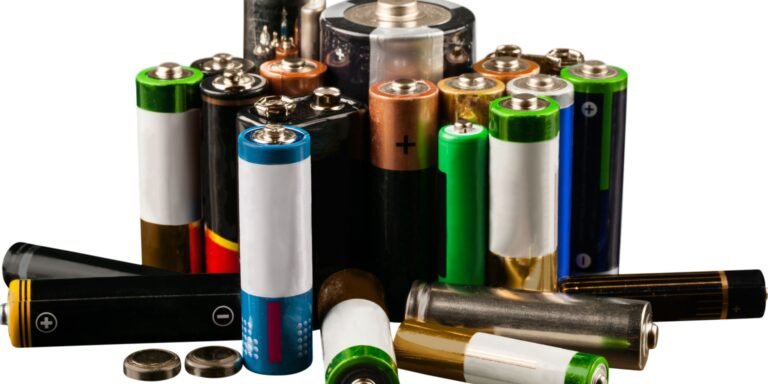How A Portable Generator Exhaust Temperature Feature Works
This post may contain affiliate links, full disclosure here.
As a by-product of generating energy, portable generators produce a lot of heat. The heat is ejected via the exhaust system.
Portable generator exhaust has an average temperature of 600 degrees Fahrenheit. It may reach temperatures above 1000 degrees Fahrenheit. The size, kind, and fuel supply of the generator all have an impact on the temperature.
See also: Top 20 Barter Items to Stockpile
Effects Of Overheating Portable Generator
The main disadvantage of overheating is that the generator’s shelf life is shortened. The generator components will surely be damaged by the intense heat. Binder degeneration, commonly known as “binder burn out,” will occur. The generator insulation’s intrinsic strength will be reduced, leading it to sag and slump. The rapid degradation will be accelerated by the generator’s high vibration. An exhaust pipe extension is essential for directing surplus heat away from the generator.
Exhaust Extender Instructions
You can use an exhaust extension to direct the heat exhaust away from the generator. This is good for rooms that aren’t well-ventilated, as it prevents the room from overheating. Other hazardous by-products such as carbon monoxide and sulfur are also protected.
See also: Is It Better To Get A Propane or a Gas Generator
Determine the Exhaust Diameter
Using a ruler or a tape measure, determine the diameter of your portable generator’s exhaust. To ensure that the extension will fit over its mouth, add a quarter-inch to the measurement. Later, you can simply secure the excess with a clamp.
Determine the Length
This is dependent on where you want the generator’s heat exhaust to go. Calculate the distance between your generator and the closest window. Extension materials are available in lengths ranging from six to fifty feet. You might want to go with something a little longer so you can still move the generator around.
Look for Exhaust Flex Tubing That Is Right For You.
A flex tube is a flexible tube that is designed for ease routing, as the name implies. Choose galvanized tubes since they are more resistant to the heat generated by the generator.
See also: How to Start a Generator That Has Been Sitting
Obtain the Correct Clamp
The clamp seals the airtight connection between the exhaust tube extension and the real generator exhaust. This avoids any leaks and secures the extension tube to the generator’s exhaust pipe.
Choose a clamp with a diameter that matches the diameter of your extension tube. The majority of pipe clamps may be adjusted to fit snugly. If pipe clamps are unavailable, hose clamps can be used instead.
Connect And Route
One end of the extension tube should be placed over the generator exhaust opening. Wrap both tubes with the clamp, then tighten it to ensure a leak-free connection. If you tighten too tightly, you risk damaging the pipe, which could lead to leaks. If the clamp is too loose, the pipe may become dislodged or leaks may occur, causing pain, especially if your room is not well aired.
The pipe should be routed to a well-ventilated region. Outside a window or under a garage, for example. Because the powerful stream of generator exhaust may cause the tube to move, secure it in place with heat-resistant materials such as rope.
See also: Is It Better To Get A Propane or a Gas Generator
Generator Safety Tips
When operated improperly, a portable generator is powerful equipment that can cause a fire or pose a safety risk.
Don’t Run Generator In Wet Weather
In wet weather, the generator’s electrical energy can electrocute you. Water is a good energy conductor. It’s easy for it to leak into generator-powered electrical outlets and electronic devices. The water may also cause damage to the generator. Make sure the generator is only used in completely dry locations. For more information about using your generator in wet weather read this.
See also: How to Start a Generator That Has Been Sitting
Never Operate Indoors
When used indoors, the generator exhaust is extremely hazardous to both the user and the generator. Suffocation and carbon monoxide poisoning are both possible outcomes for the user. The generator exhaust will, at best, cause the room to overheat, making you uncomfortable.
The excessive heat can even harm the generator itself. Heat will be trapped near the generator due to poor ventilation, and excessive temperatures will harm its components.
See also: How Long Will A Generator Run On 20lb of Propane?
How A Portable Generator Exhaust Temperature Feature Works Bottom Line
Because most generators emit heat from all sides, make sure the area around them is free of combustible materials such as paper or cloth.








